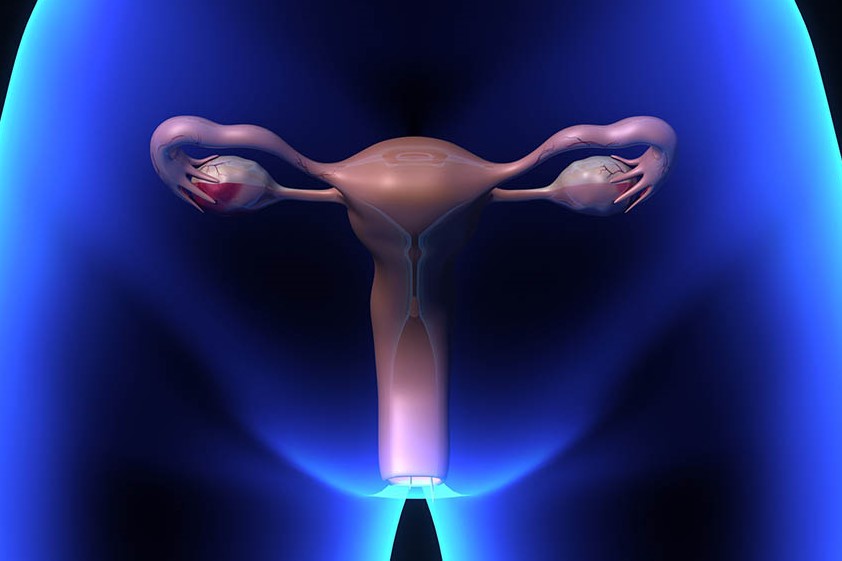
Abnormal uterine bleeding: causes and tests to be performed
Abnormal uterine bleeding refers to abnormal bleeding from the uterus, which may occur with intermenstrual bleeding (spotting – metrorrhagia) or with bleeding greater than 80 ml. per cycle (menorrhagia)
The causes leading to uterine bleeding can be
- organic
- systemic
- dysfunctional
Organic causes of abnormal uterine bleeding
This group includes all atypical uterine bleeding in which an organic pathology responsible for the disorder can be identified, including:
- uterine polyps (cervical – endometrial)
- uterine myomas
- adenomyosis or uterine endometriosis
- endouterine devices (IUD)
- isthmocele (complication of caesarean sections)
- endometrial hyperplasia
- endometrial neoplasms
Systemic causes of abnormal uterine bleeding
The systemic diseases that most frequently lead to uterine bleeding are
- liver diseases
- thyroid diseases
- coagulation disorders
- taking certain medications
Dysfunctional causes of abnormal uterine bleeding
Dysfunctional causes affect all atypical uterine bleeding in which it is not possible to identify an organic pathology responsible for the abnormal blood loss.
Among the most frequent are
- typical cycle alterations in the period following menarche
- cycle alterations in the premenopausal period
- polycystic ovary
- stress
- obesity
- irregular estro-progestin intake
- progestin intake
Diagnostic investigations: what tests to do
The correct diagnosis of an abnormal uterine bleeding condition is made, first and foremost, through an anamnesis and gynaecological objective examination, with a pap smear performed.
Other examinations required are:
- β-hCG assay to rule out pregnancy
- haematochemical and hormonal examinations to rule out systemic causes (haemochromocytometric examination, thyroid hormone dosage, PT and PTT dosage to study the haemocoagulative system)
- transvaginal ultrasound
- hysteroscopy, which is nowadays the diagnostic gold standard, always preceded by transvaginal ultrasound.
Read Also:
Emergency Live Even More…Live: Download The New Free App Of Your Newspaper For IOS And Android
Urinary Tract Infections: Symptoms And Diagnosis Of Cystitis
Cystitis, Antibiotics Are Not Always Necessary: We Discover Non-Antibiotic Prophylaxis
Cystitis: Symptoms, Causes And Remedies
Vulvodynia: What Are The Symptoms And How To Treat It
What Is Vulvodynia? Symptoms, Diagnosis And Treatment: Talk To The Expert
Accumulation Of Fluid In The Peritoneal Cavity: Possible Causes And Symptoms Of Ascites
Accumulation Of Fluid In The Peritoneal Cavity: Possible Causes And Symptoms Of Ascites
What’s Causing Your Abdominal Pain And How To Treat It
Pelvic Varicocele: What It Is And How To Recognise The Symptoms
Can Endometriosis Cause Infertility?
Transvaginal Ultrasound: How It Works And Why It Is Important
Candida Albicans And Other Forms Of Vaginitis: Symptoms, Causes And Treatment
What Is Vulvovaginitis? Symptoms, Diagnosis And Treatment
Vaginal Infections: What Are The Symptoms?
Spotting, Or Atypical Female Bleeding: What It Is And The Diagnostic Pathway
Pap Test, Or Pap Smear: What It Is And When To Do It
Drugs Used In Obstetric Emergencies To Modify Uterine Contractions
Chlamydia, Symptoms And Prevention Of A Silent And Dangerous Infection


